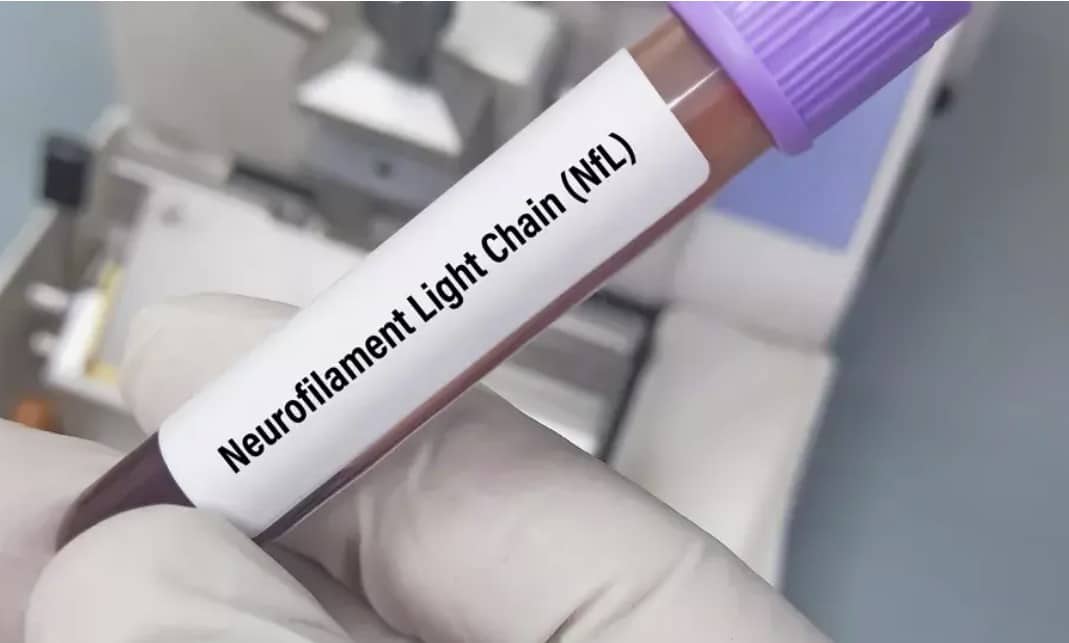
April 2024
Perhaps, with caveats: sNfL elevation has low sensitivity and lags MRI activity by at least a month
Serum neurofilament light chain (sNfL) level correlates with the presence of gadolinium-enhancing (Gd+) MRI lesions, making the structural protein released in neuronal injury a potentially useful biomarker for research and clinical management of multiple sclerosis (MS). But while sNfL level has good specificity for the presence of active MRI lesions, it lacks sensitivity, as less than half of patients with active lesions have elevated levels. In addition, sNfL elevation usually occurs at least a month after lesions first appear on MRI.
These findings, from a post hoc analysis of a subset of participants in the RESTORE trial who were regularly followed with MRI and blood tests, were published online ahead of print in Neurology.
“NfL in the blood reflects disease activity in MS,” says the study’s corresponding author, Robert Fox, MD, a staff neurologist in Cleveland Clinic’s Mellen Center for Multiple Sclerosis Treatment and Research. “However, its low sensitivity for the presence of active Gd+ lesions and its delayed elevation after the appearance of radiological activity must be taken into account when considering its use as a biomarker for clinical and research purposes.”
Need for blood biomarker to monitor inflammation
Currently, MRI is the best method for monitoring central nervous system inflammation. However, it can be cumbersome for patients and too expensive to use for frequent monitoring. sNfL — a neuron-specific protein that enters the serum following neuronal damage — has been put forward as a promising blood biomarker candidate for use in the management of individual MS patients. However, its utility at the individual patient level has not been well understood.
The RESTORE trial (Neurology. 2014;82[17]:1491-1498) was a treatment interruption study of the monoclonal antibody natalizumab among patients with relapsing forms of MS who had been taking natalizumab the previous 12 months and had no Gd+ lesions at the start of the trial. During the study, patients either remained on natalizumab (25%), were put on an alternative immunomodulatory therapy (50%) or stopped all MS medications (25%). Data obtained from regular blood tests and MRI scans during the trial presented the opportunity to analyze the relationship between sNfL levels and MRI findings over time.
Study design and findings
CLICK HERE to continue reading
“““““““““““““““““““““““““““““
Stay informed with MS news and information - Sign-up here
For MS patients, caregivers or clinicians, Care to chat about MS? Join Our online COMMUNITY CHAT



